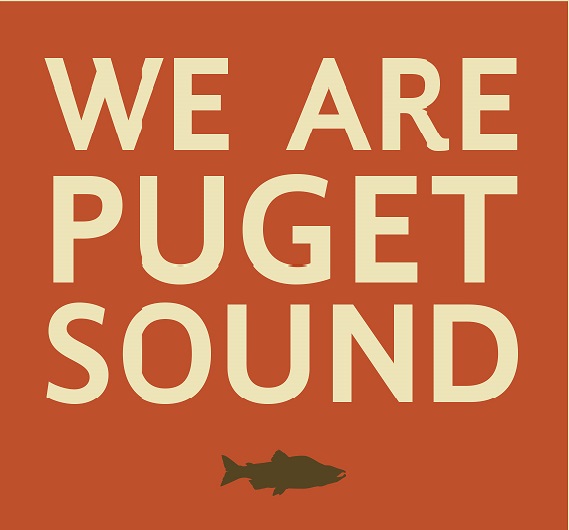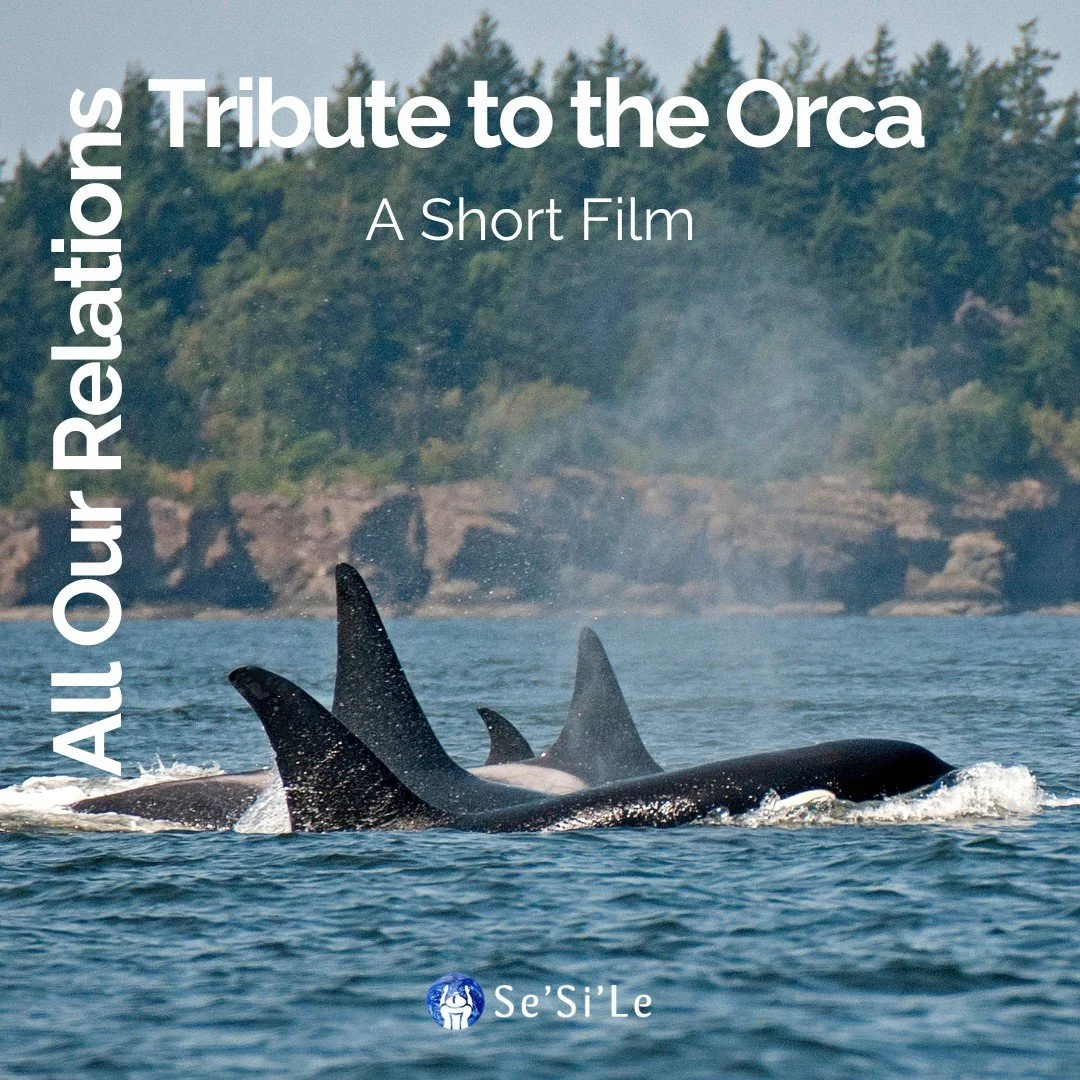Puget Sound Day on the Hill is happening right now, this week! From April 25 to May 2, a large group from Washington State is once again gathering in Washington, D.C. to meet with key decision-makers in Congress to talk about the benefits of a healthy Puget Sound brings to the entire nation.
“I'm grateful to represent Washington Conservation Action, and join dozens of people from our region to speak up for Puget Sound recovery. We'll meet with Members of Congress from across the country, because we all care about CleanWater and HealthyHabitat - bipartisan issues that unite people . Thank you to Puget Sound Partnership and Northwest Treaty Tribes for your leadership in a rapidly evolving federal landscape.” reports Mindy Roberts, Puget Sound Program Director at Washington Conservation Action.
To learn more about Puget Sound Day on the Hill, visit our website.





